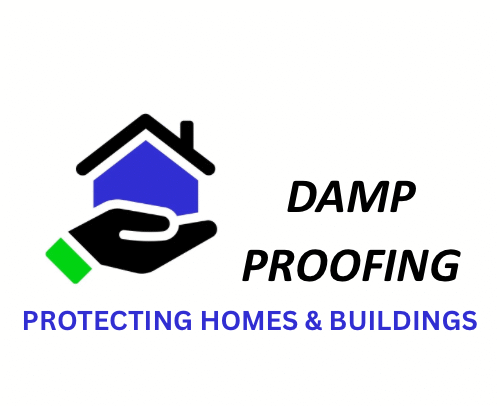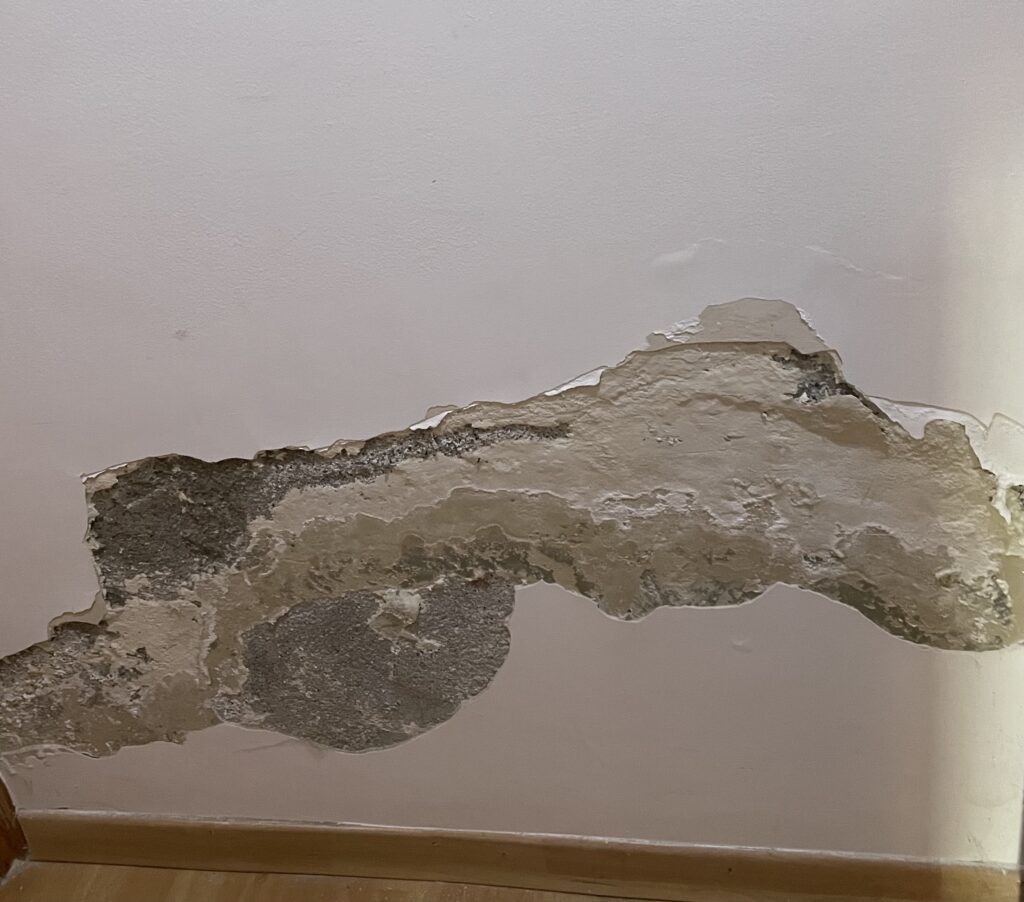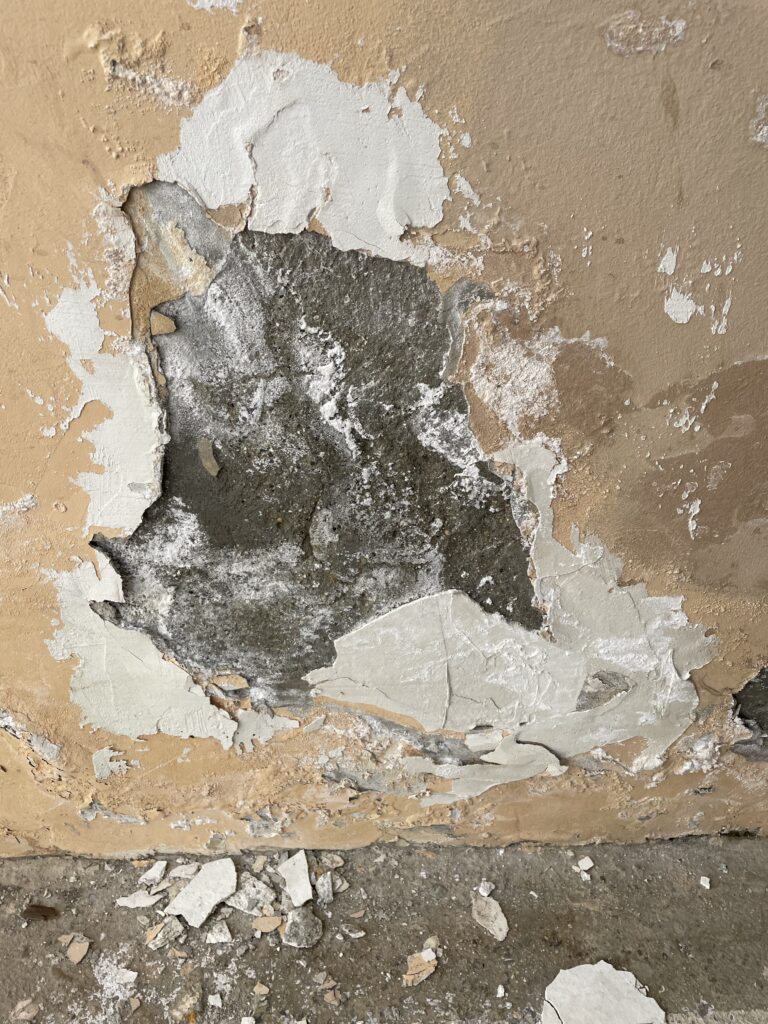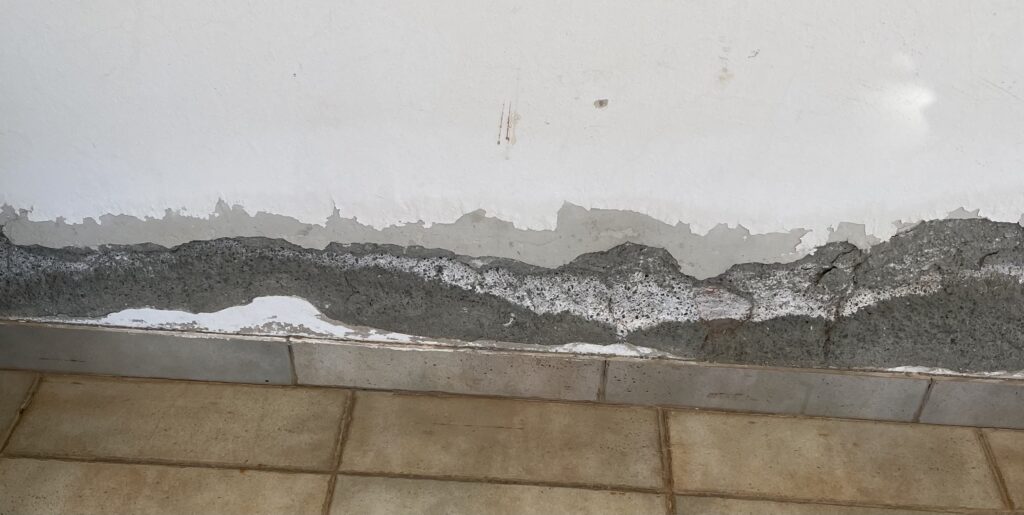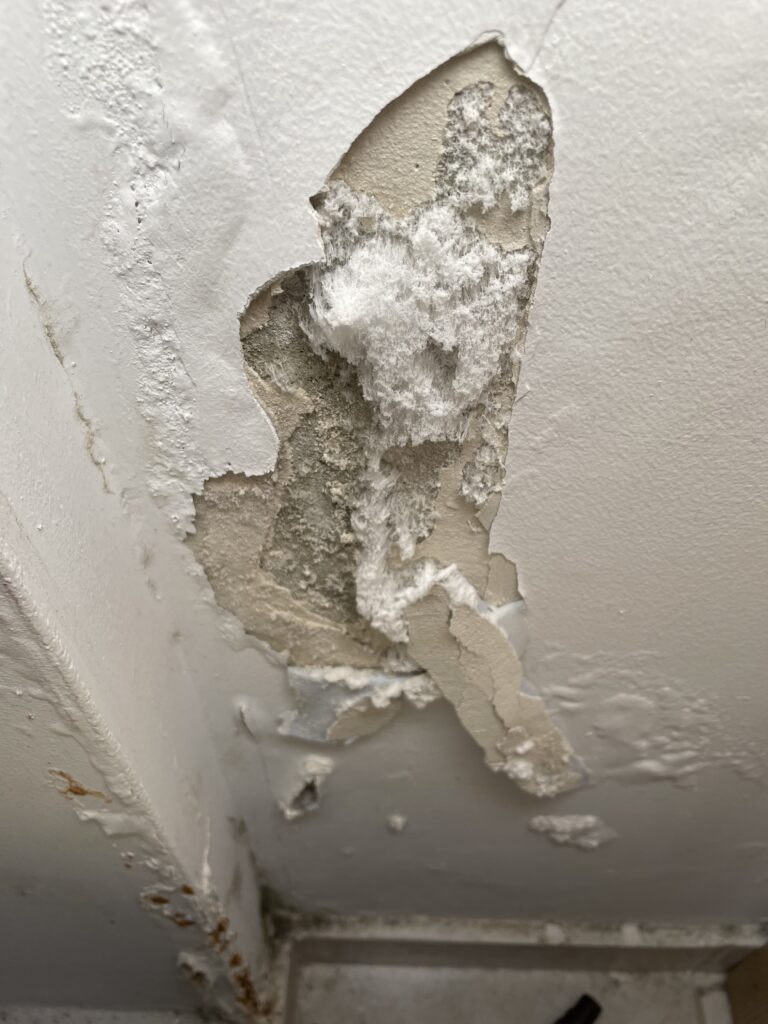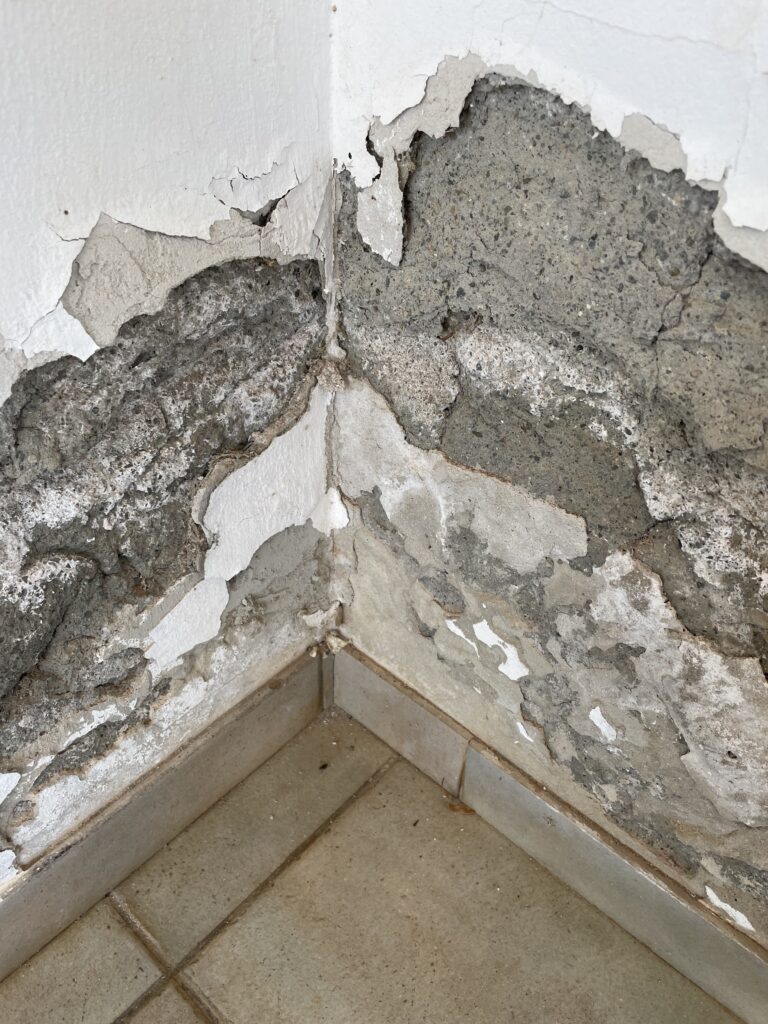Hygroscopic Salt
Hygroscopic salt build-up is a common issue in buildings and structures, particularly in areas prone to dampness. It occurs when moisture carries salts through porous materials such as brick, concrete, and plaster. As the moisture evaporates, the salts crystallise on the surface, creating a white, powdery, or crusty deposit. This phenomenon is often linked to rising damp, poor drainage, and high humidity, making it a significant concern for property maintenance and structural integrity. If left untreated, hygroscopic salt build-up can lead to surface deterioration, paint damage, and ongoing moisture problems. Understanding its causes, effects, and prevention methods is essential for preserving the durability and appearance of buildings.
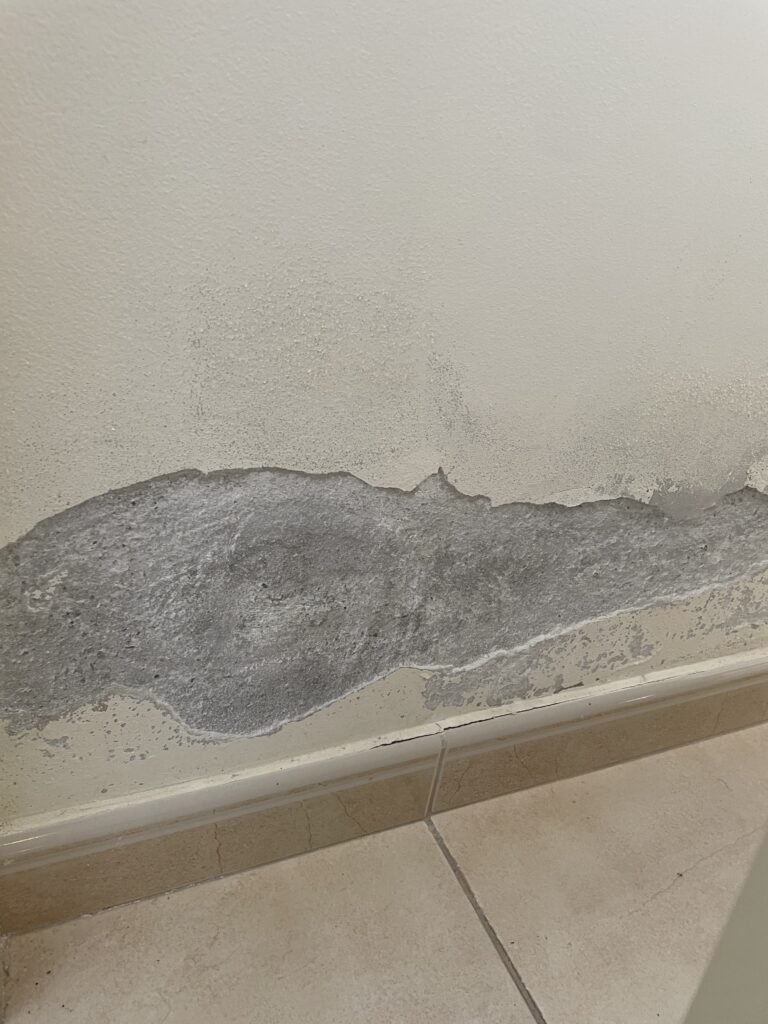
Build Up of Hygroscopic Salt
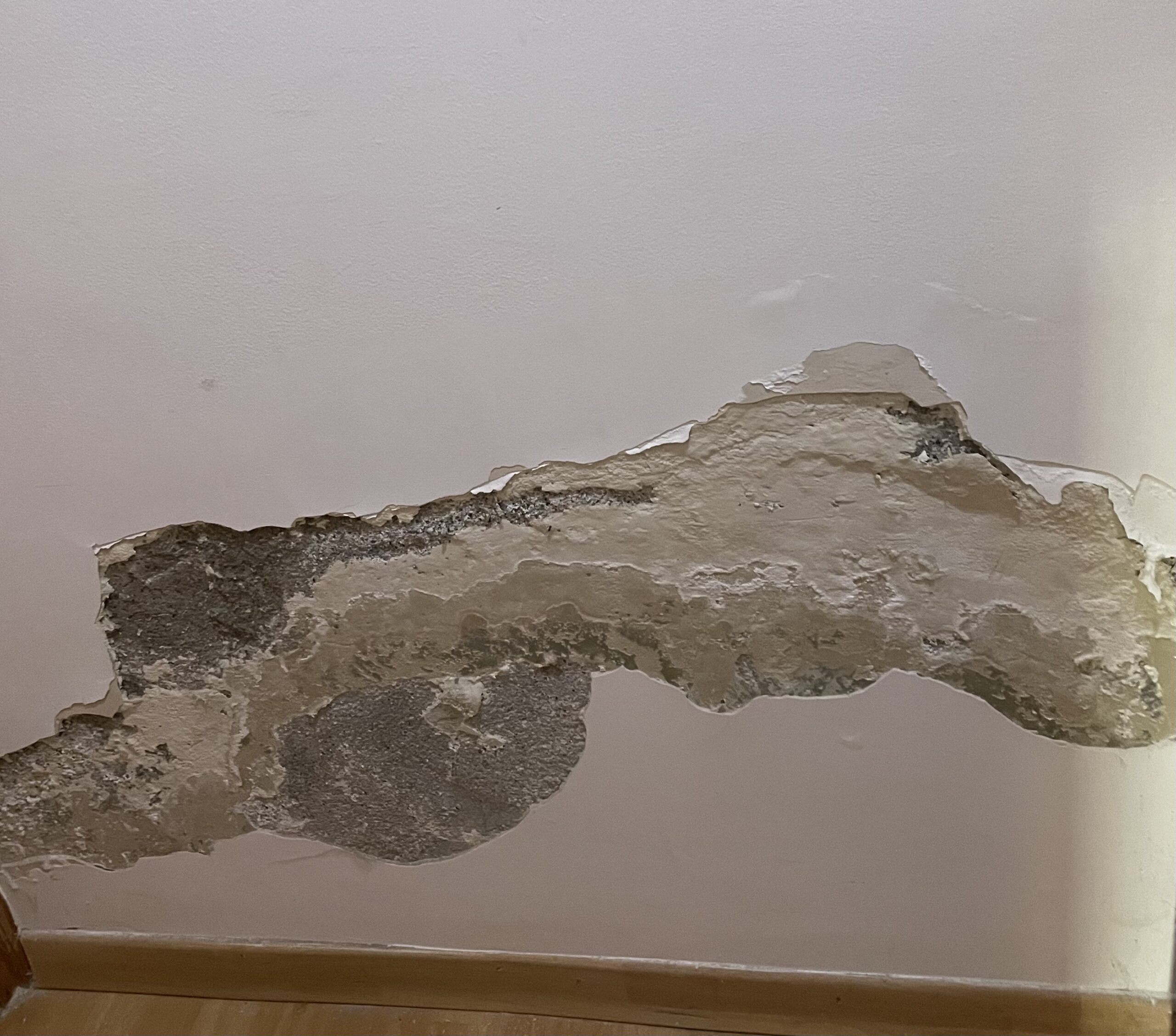
Hygroscopic salts (like chlorides, nitrates, and sulphates) are naturally present in building materials such as bricks, plaster, and mortar. These salts absorb moisture from the air, especially in humid or damp conditions. Over time, as moisture moves through walls, floors, or other porous materials, it dissolves the salts and brings them to the surface. When the moisture evaporates, the salts are left behind as a white, powdery, or crusty deposit, this is the build-up of salt that you see.
Causes of Hygroscopic Salt Build-up
Primary Causes
Rising Damp
Groundwater carries salts up through brickwork or masonry.
Leaking Pipes or Poor Drainage
Water seeping into walls can transport salts.
Condensation & High Humidity
Moist air increases salt absorption
Contaminated Building Materials
Some materials naturally contain more hygroscopic salts.
Flooding or Water Ingress
When buildings are exposed to flooding, water can introduce new salts into the structure, which remain after drying and continue to attract moisture.
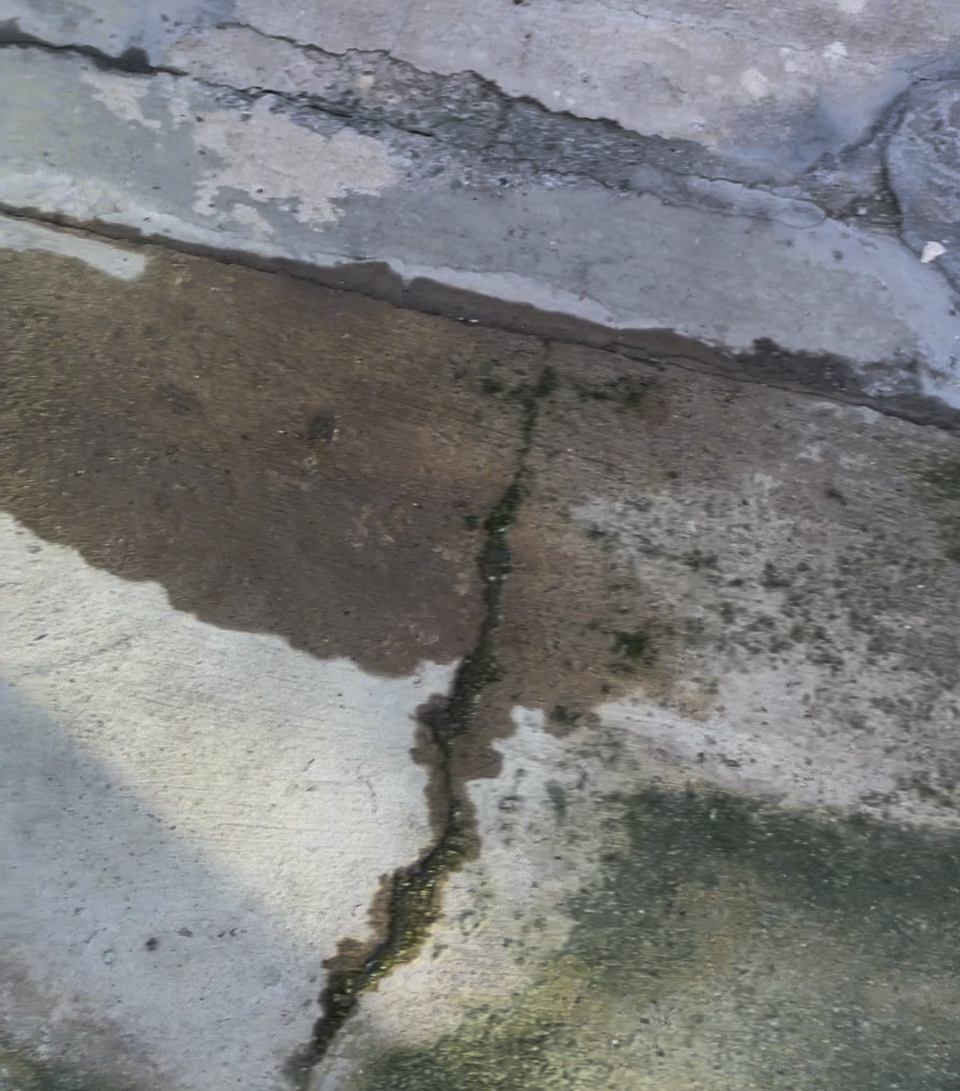
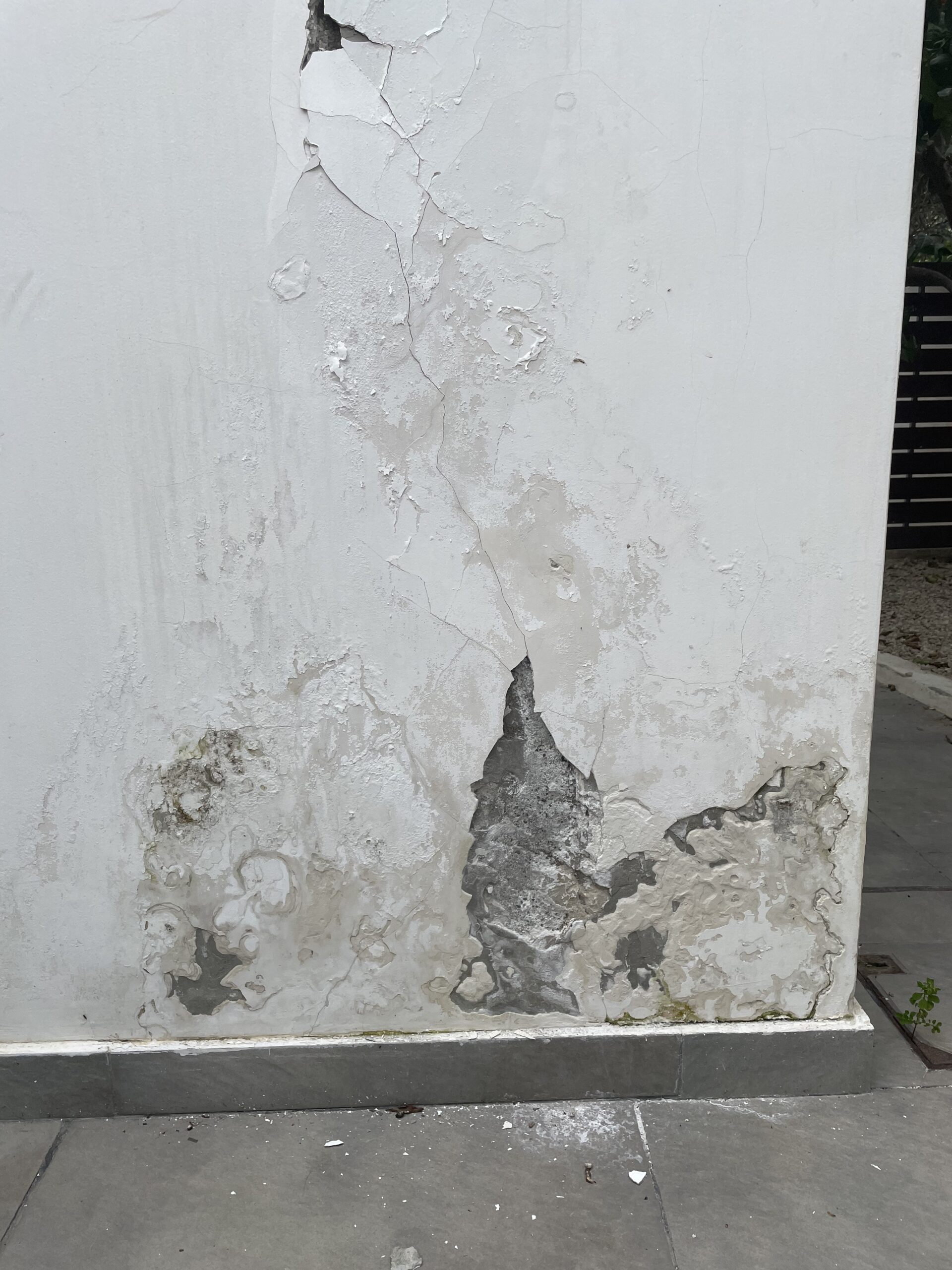
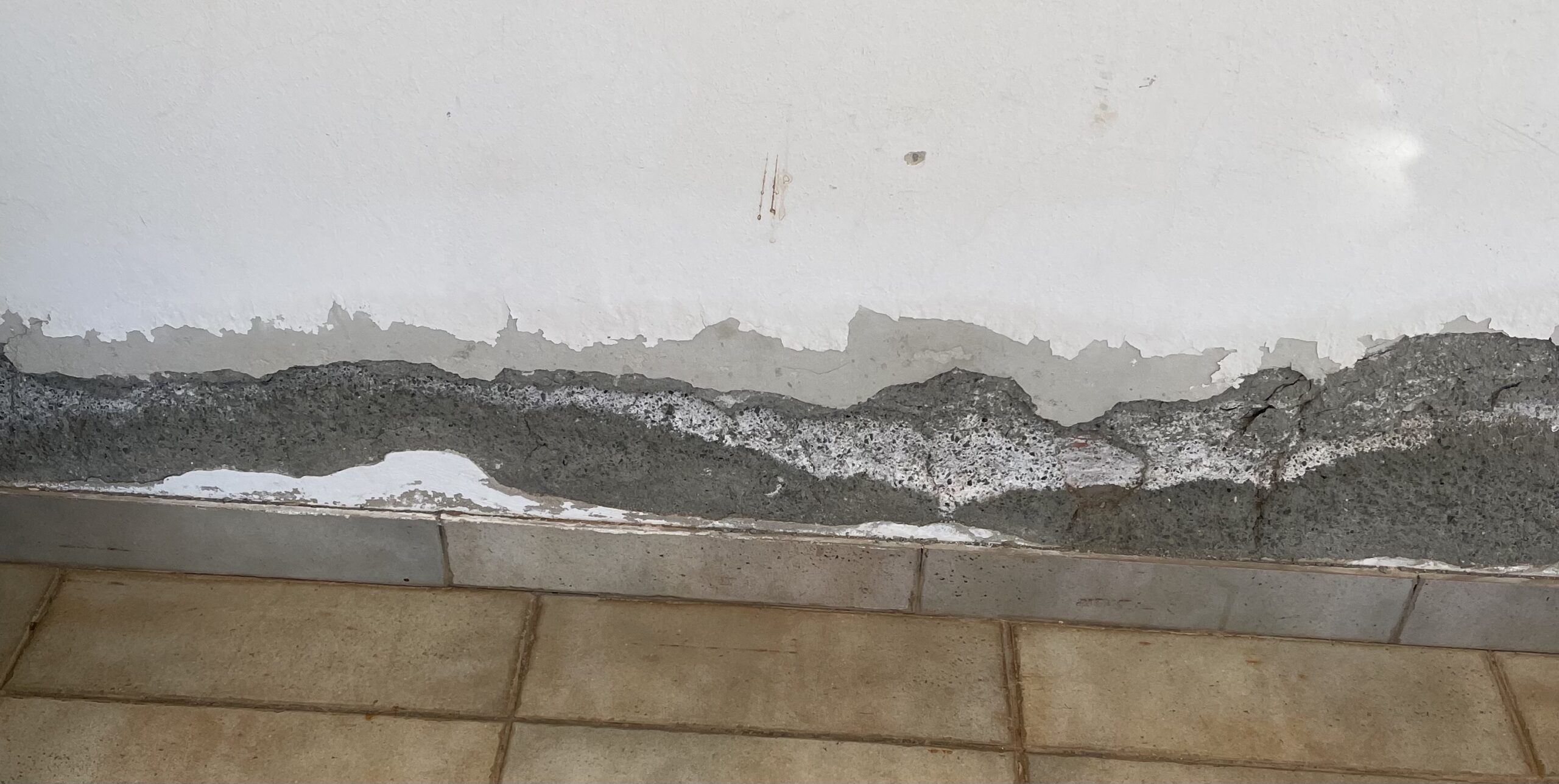
Prevention of Hygroscopic Salt Build Up
Understanding these causes is essential for effective prevention and treatment, helping to maintain the structural integrity and aesthetics of buildings. By addressing moisture sources and using protective materials, hygroscopic salt build-up can be effectively prevented, preserving both the appearance and integrity of buildings.
Hygroscopic Contamination
Salt contamination, also known as efflorescence or hygroscopic salt build-up, is a common issue in damp affected properties. It occurs when moisture carries salts from the ground or building materials into the walls, leading to staining, plaster damage, and ongoing damp issues. If left untreated, salt build-up can cause white powdery stains (efflorescence) a sign of water movement through the masonry, this can lead to damp and discoloured plaster.
Salts absorb moisture from the air, keeping the walls damp. This can lead to blistering and peeling paint. Then moisture salts push through the surfaces also leading to crumbling plaster and masonry decay. Salt crystallisation expands within walls, causing structural damage and persistent damp problems.
Efflorescence is the white, powdery deposit that appears on the surface of concrete, brick, stone, or masonry due to the migration of water-soluble salts. It is a common issue in buildings and construction materials when moisture moves through porous surfaces and evaporates, leaving salt deposits behind.
Damp & Hygroscopic Salts
The moisture from rising damp carries soluble salts, which can be deposited on the surface as the water evaporates, leading to efflorescence, damp patches and potential damage to plaster and paint. Signs of rising damp include tide marks on walls, peeling wallpaper, and a musty smell.
To Stop Hygroscopic Salts Build Up
First the source of the build up of hygroscopic salts will need to be identified, so what is causing it and where it is coming from. Hygroscopic salt build-up occurs due to the movement of moisture and salts through porous building materials. Once the source is identified it will be more effective for us to tailor the treatment to meet the requirements of the building.
Contact Us so we can arrange for our engineer to visit your home or building for a free no obligation consultation to assess the source of the build up.
During the consultation we will explain and discuss our findings with you
We will email you our free, no obligation quotation
